Mastic is always easier to remove when it's fresh, but if you're pulling up a carpet from a concrete floor, you're likely to encounter the huge job of removing it after it's dried. Mastic removal is a difficult task, but not impossible.
Regular cleaning agents won't make a dent in dried mastic. You'll need to resort to more commercial-grade solutions.
In this guide, you'll learn the most effective solutions for easily removing mastic from concrete.

What Exactly Is Mastic?
Mastic is carpet glue. It's a very strong glue that's meant to withstand all the beating that carpets get throughout their lifetime. It needs to hold carpet in place while people walk and run on it, as well as when people drag and spin furniture.
Some carpeting comes with its own mastic backing, while others require you to apply mastic separately. Either way, you'll need to remove the mastic from the concrete you pull up the carpet.
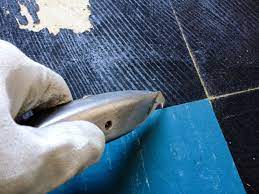
The Dangers of Removing Mastic
Before you begin the job, you should be aware that removing mastic can be dangerous. If the carpet you are pulling up is older than the 1980s, there's a good chance that the mastic has asbestos. In that case, you must take the appropriate measures to contain the hazardous material and protect your health.
Some methods of removing mastic also require harsh chemicals. You should try less severe methods to remove the mastic before you resort to more dangerous methods. Doing so could limit your exposure to chemicals while still achieving a successful removal.
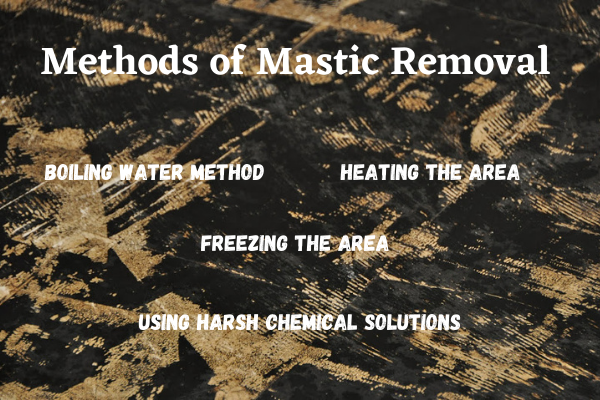
Methods of Mastic Removal
Understanding how mastic works can help you better prepare for its removal. For example, temperature and chemicals can help alter the mastic so that it's more easily removed. Sometimes, just a little hard labor can pull it up from the concrete.
Make sure you have a scraping tool on hand. This tool can be a paint scraper, a five-in-one tool, or even a spackle knife. To make scraping easy, you can even try a reciprocating saw with a scraper attachment.
Once the carpet has been removed, you can try these methods.
Boiling Water Method
When mastic is old and cracking, it might already be lifting from the concrete. Heating it with some boiling hot water can help the mastic pull up the rest of the way.
You'll want to work in small sections to keep yourself safe from burns. Put a small pot of water on the stove or in an electric kettle and pour the boiled water on a select area. Make sure you're pouring the water very close to the floor so that you don't get burns from splashes.
You can improve upon this method even more by pouring the boiling water onto a towel that's been laid on the floor. The towel will keep the water in one spot and retain the heat so that the mastic has more exposure.
Once the area is sufficiently saturated, don't wait for the heat to go away. Lift the towel and begin using a scraper on the area.
Heating the Area
Similar to the boiling water method, the ironing method applies heat to the glue. The hope is that the heat will make the glue gum up and be easier to scrape off.
You can try laying down newspaper and ironing over the area until it has been sufficiently heated. Then, pull up the paper and start scraping away.
You can try the water, iron, or another tool that will help heat the area as a way to pull up the mastic.
Freezing the Area
While heating the glue is good for gumming it up and lifting it away from concrete, freezing it can also work. Freezing the mastic can help it crack and become brittle.
Put dry ice carefully on a baking sheet and lay it down on the area. After a few minutes, remove the sheet and begin scraping away. Remember that contact with dry ice can be very dangerous, so wear gloves and keep them on the sheet.
Using Harsh Chemical Solutions
If elbow grease and heat weren't enough to pull up the mastic, you might need to resort to chemicals. Make sure you are equipped with goggles, gloves, and masks so that you are safe from chemical splashes, fumes, and burns.
One chemical to try is ammonia.
Fill a bucket with warm water and put in a few splashes of dish detergent. Then, you can mix in two cups of ammonia. The ammonia and soap, combined with warm water, should soften up the glue and make it easy to scrub off the concrete.
Start scrubbing an area of the concrete with the ammonia solution and a coarse bristle brush. As you go, remove the pieces of mastic that come up.
Once the glue is removed, you'll want to clean the concrete to remove the remaining chemicals. Use a mop with fresh water and then allow the concrete to dry.
If ammonia doesn't work, you could try acetone.
Acetone is flammable and gives off toxic fumes, so handle with care. Unlike ammonia, you don't have to mix acetone with water. Instead, pour acetone into a tray for dipping your coarse bristle brush.
Start scrubbing the mastic with your acetone-soaked brush until the glue melts and lifts from the concrete. Wipe the mastic away with a clean cloth as you go, and clean the concrete once you're finished with a mop and water.
You can also attempt to use paint thinners, turpentine, or WD-40, but be careful.
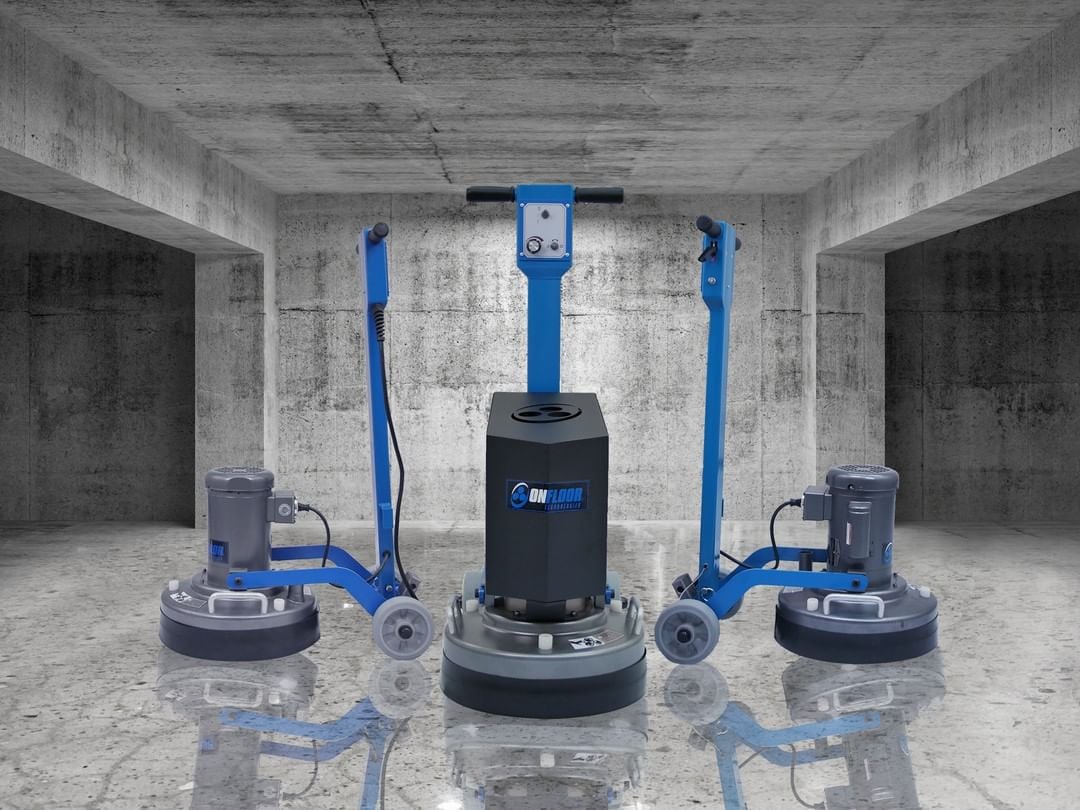

Grinding Tools
If all else fails, it might be time to bring out commercial-grade tools. Instead of melting away the glue, you can grind it away from the concrete.
Don't forget to wear safety gear such as goggles, masks, and respirators before you begin. This method might not use chemicals, but grinding up mastic into dust can create dangerous particles to breathe. Using commercial-grade tools can risk bodily harm as well.
Unlike with the other methods, it's important to use grinders and sanders evenly across the whole floor. Instead of focusing on one area, you should travel evenly around the room as to not grind down one area further than others. Mistakes like that are costly.
You should also try lightly sanding or grinding before you try applying more pressure. Only use as much pressure as is necessary to remove the mastic.

Tools for Removing Mastic from Concrete
Spending hours kneeling on a floor and manually scraping is certainly not the least taxing way to remove mastic. Professionals arm themselves with commercial-grade tools that save their joints and make jobs go faster.
Commercial flooring contractors working with concrete will have floor sanders and floor grinders at their disposal. There are also floor grinding attachments that can be used with floor buffers or auto scrubbers.
Hand-held Commercial Concrete Floor Grinders
Hand-held concrete floor grinders are small and portable options. Less powerful models sand and polish, but don't do well with grinding. They usually have connections for a water source to allow for wet sanding, and they come with different speed options.
More powerful floor grinder models will come with a vacuum option to reduce dust and can withstand tougher jobs, but won't have speed options. They also will be meant for grinding rather than polishing and sanding.
Not all hand-held grinders can handle the tough job of bringing up mastic. They also are not as durable and might not last as long as bigger and more powerful models.
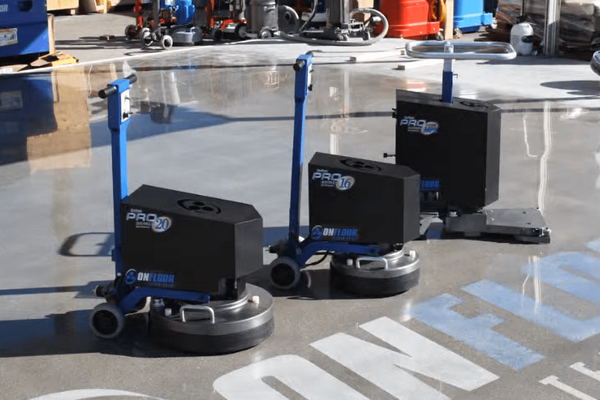
Walk-behind Commercial Concrete Floor Grinders
Walk-behind concrete floor grinders will help you do the job standing up rather than all your knees all day. They'll also wield considerably more power than hand-held models.
Walk-behind models are more expensive and less portable than hand-held models, but gas-powered models can be used anywhere. They work with larger disks and therefore are more efficient.
Some models are meant more for sanding and polishing rather than grinding. If you have a tougher job with mastic, you'll want to consider choosing grinders that are meant for grinding specifically.
On the other hand, versatile models can switch from grinding to sanding and polishing, which will leave your concrete looking new.

Ride-On Commercial Concrete Floor Grinders
Much like riding a lawnmower, you can ride a concrete floor grinder. This type of concrete grinder is great for larger projects. Their blades can grind down several feet of the floor at a time, making for a more efficient tool.
Nicer models can even switch between grinding, sanding, and polishing so you can finish the whole job with just one tool.
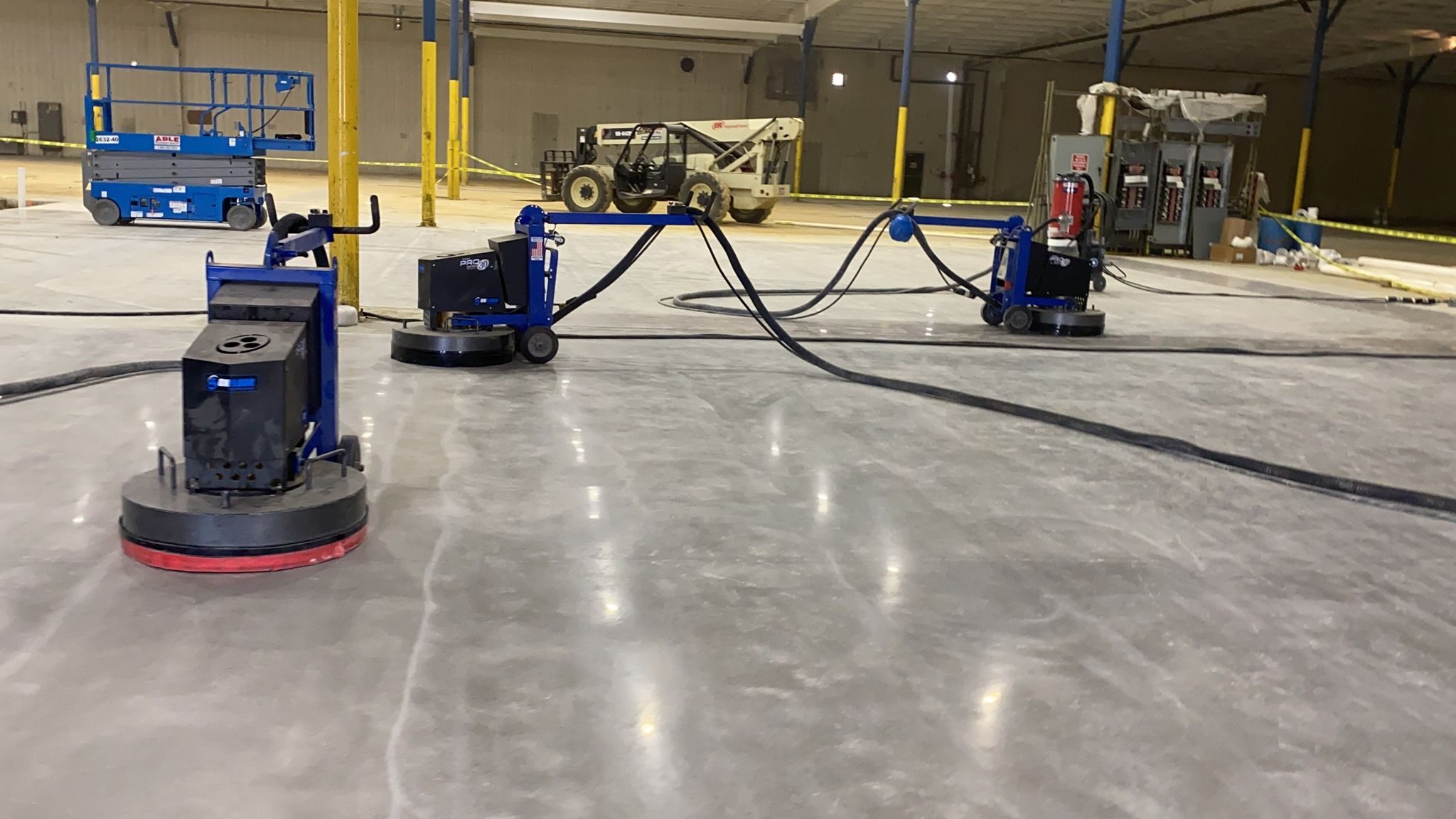
Onfloor Technology Mastic Removal
At Onfloor Technology, we provide the most advanced and efficient tools for all your commercial contractor concrete floor and mastic removal needs. As a contractor, you should be equipped with the best of the best tools for your jobs.
Request a demo of our tools today to find the best one for your needs.

0 comments